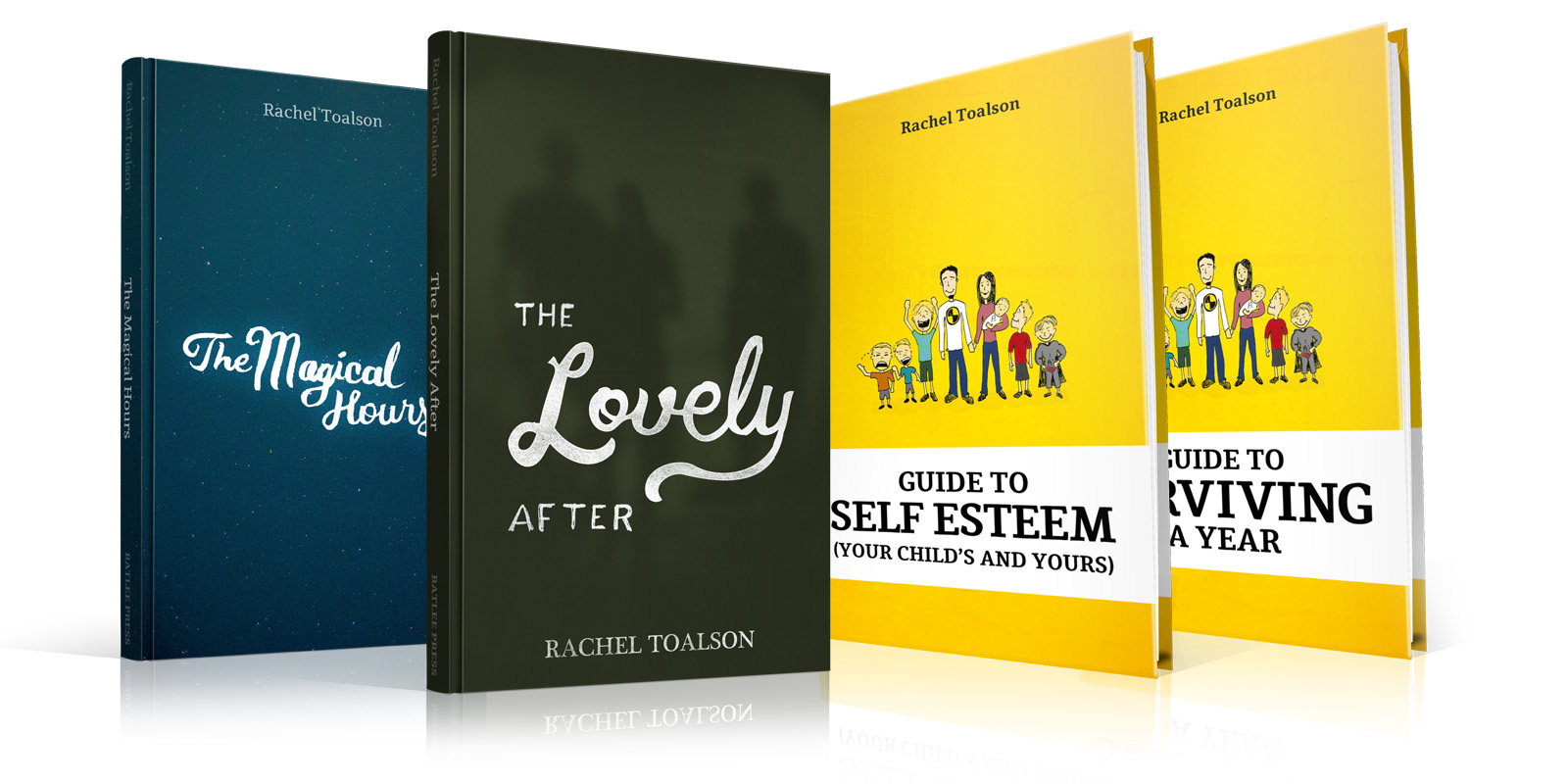The first book I wrote I didn’t brainstorm. I flew by the seat of my pants. The second book was the same. Both took months of revision to get them in submission shape.
After those first two books I created a brainstorm document for myself. I thought I could use it for every book thereafter. My secret formula for writing a book.
I tried using the brainstorm document on the next book. Nothing worked. I felt completely helpless. I thought, How do you write a book?
That question creeps in every book I begin, no matter how many books I’ve written.
Maybe that’s discouraging to hear from someone who’s written more than 40 books. I don’t mean it to be. I think it’s actually kind of exciting. There’s this interesting thing called the knowledge gap that says the more we know and learn, the more we realize we need to know and learn. This keeps our minds open to new possibilities.
So when we’re faced with the question, Uhhh….how do you write a book again? our minds are primed to focus on developing our craft and making it easier for us. Making storytelling something intuitive instead of something we have to consciously think about endlessly.
Continuous learning is what brings us into expert territory. When we realize we don’t know what we’re doing, we approach each book as though it’s all brand new. Our books don’t become formulaic because most of the time we can’t use the exact same method of brainstorming and writing and revising for every single book.
I take some of the pieces from that brainstorm document I created and use them here and there, but every book is different. That’s what makes writing exciting. It’s also what keeps us pushing to learn more about our craft.
None of us really knows what we’re doing—and that can be liberating. Because we all have room for improvement. And that means we can really engage with our stories, instead of going through the motions and becoming, for lack of a better word, robotic at it.
When we’re learning something new, or learning more about it, we play closer attention to it. When we think we already know everything we need to know, our minds close up tight against new ideas that challenge what we think we know.
Creativity is best expressed through an open mind.
So when we face that blank page and we have no idea where to begin, we don’t have to feel stuck or get down on ourselves for not knowing exactly what to do next. It’s all a part of the grand process. Author Sue Grafton keeps journals for books she’s written. And whenever she starts a new book, she says she can always peek back at those journals and “discover I was just as confused and befuddled back then as I am today. Prior journals are reminders that regardless of past struggles, I did somehow manage to prevail.”
Here’s how to embrace the reality that every book is different:
1. Let the story lead.
Even when writing a series I have a slightly different method for each book (it’s worth noting that the differences aren’t always drastic). I thought I’d start my recent middle grade horror story (book 4 of the series) with the ghosts and flesh out their backstory before beginning on the plot. That wasn’t what the story wanted. So I jotted down some plot points, then dove deeper into the characters and ghosts.
I like to know the tone of a story and the voice of a character before I start writing. But in a recent story draft (another middle grade), I’ve just been clearing my throat. I know I’ll need to go back and probably cut several chapters from the beginning, but it’s what the story needed at the time. I followed its lead.
And that’s what a first draft is for: discovering the story. Sometimes it takes a while to find our way.
Some stories want extensive brainstorms. Some want to be told in a linear way. Some want us to focus all our energies on a particular cast of characters before we do anything else. Some don’t ask for any of that.
Don’t miss out on what the story has to tell you, however confounding and out of your comfort zone it may be.
2. Embrace the not-knowing.
I’m one of those people who hates not knowing anything—so this point is especially hard for me.
The truth is, most of us intuitively know how to tell a good story. We’ve been doing it since we were young. We might not get it right on the first try—but no one really does.
Not knowing how to do something makes us uncomfortable. It also makes us more willing to consider new ways to write and encourages us to learn more about storytelling and craft. If we embrace the unknown, we leave our minds open instead of closed. Creativity can have a field day with an open mind.
3. Remember that when we’re challenged we grow.
If writing were easy all the time, if we constantly knew what we were doing, it would not only get pretty boring but we would also cease to grow. We might stagnate. Our creativity and stories might stagnate.
No one wants to tell or read the same story over and over and over again. Formulas get boring for writers and readers.
Challenges can be frustrating and hard—but we become better writers—and people—by working our way through them.
Never stop growing. Keep embracing the mystery. Know what you don’t know and use it to your advantage.
I hope you have a stupendous month of creativity and joy.


